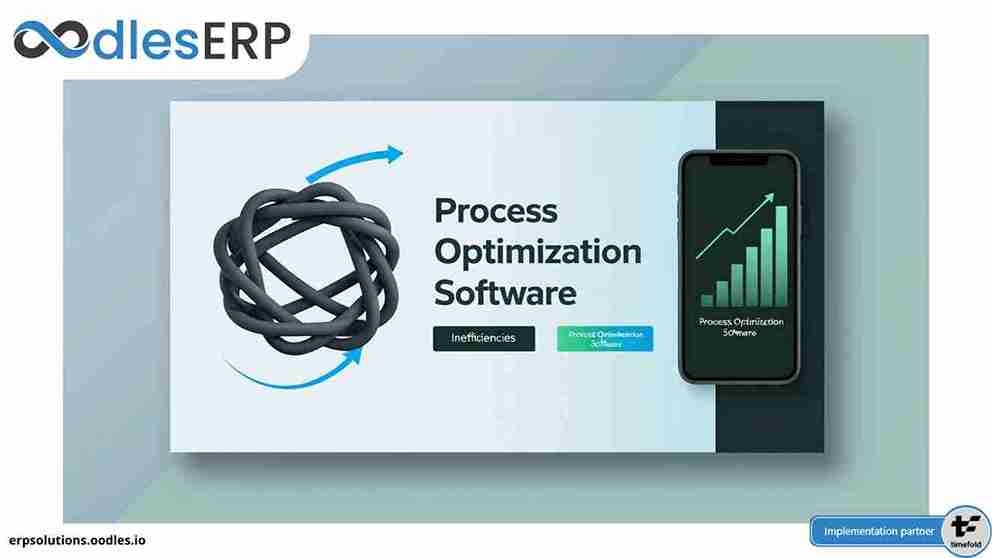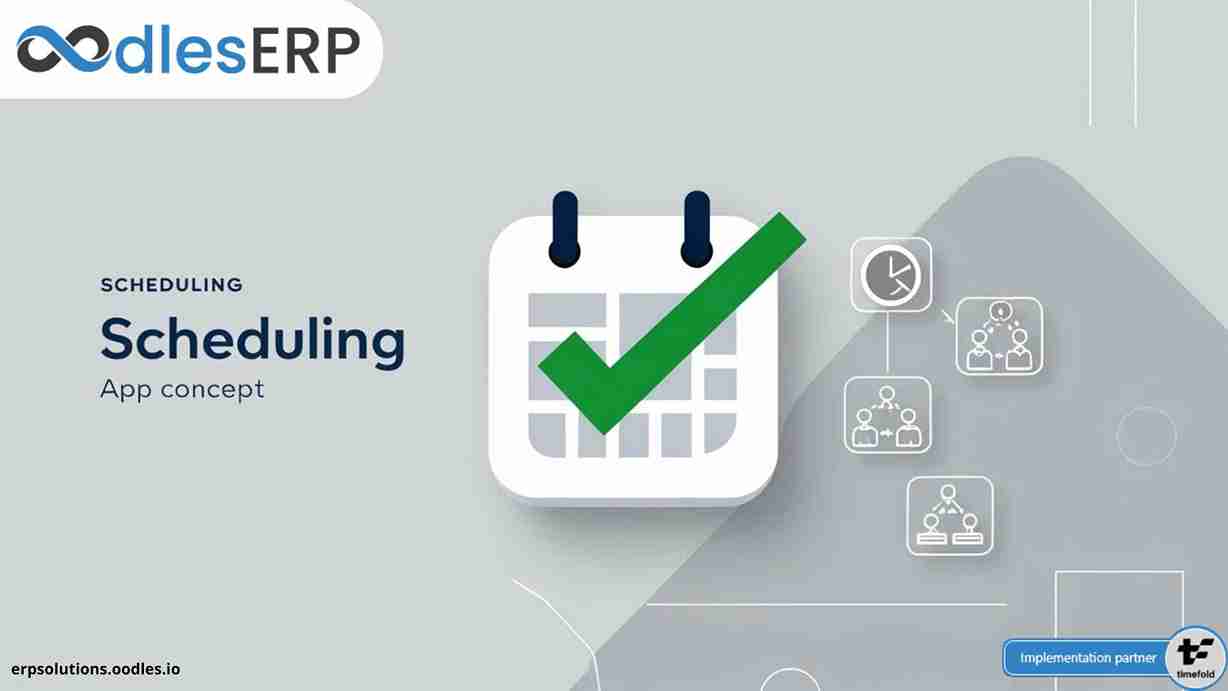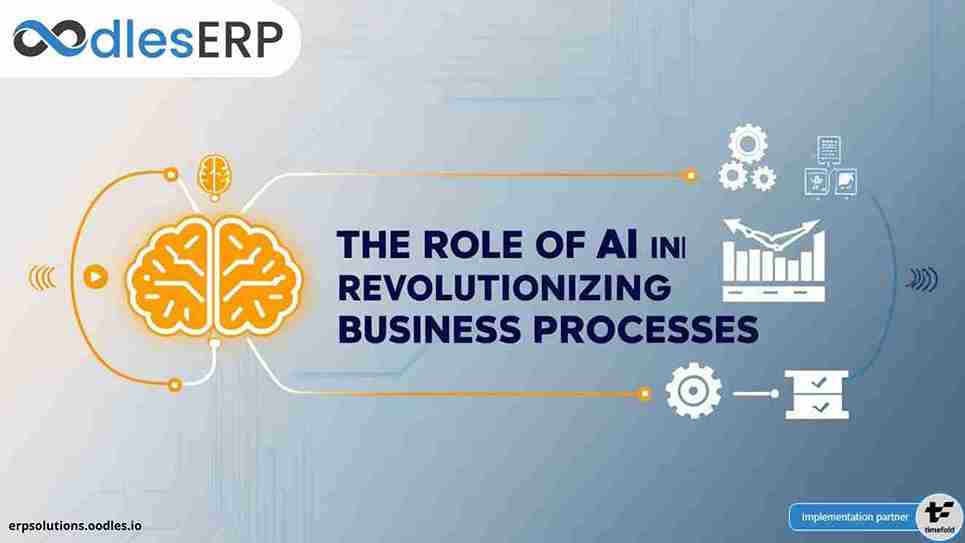SaaS application development has paved the way for enterprises of all sizes to efficiently manage their operations with minimal hardware complexities. It has become a staple element for most enterprises to handle their routine tasks and monitor workforce activities. Besides, the multi-tenancy in the SaaS model has enabled even startups and small-scale enterprises to leverage the benefits of the cloud. Nevertheless, the microservice-based approach for SaaS application development has garnered significant traction over recent years, becoming more popular than monolithic methodologies.
In this blog post, we shall explore the key benefits and possible setbacks of using microservice architecture for SaaS application development. Before we start off with the pros and cons, let us first get familiar with the concept of Microservice architecture.
Also, Read SaaS Application Development For Warehouse Management
The Microservice Architecture
The microservice architecture is a specialized method of developing software applications as a collection of loosely coupled services. It focuses on breaking down a software project into a series of modules that are linked together through APIs. The use of microservices greatly simplifies the development process as the developers don’t need to write the entire code over and over again. Instead, a small fraction of code (source code) is already available to them. As a result, they can implement the source code to carry the development process further rather than writing the code from scratch.
Apparently, there’s a great deal of profit in using the microservices architecture as it involves the use of small, independent, and loosely coupled modules. Besides, the individual modules are more effective at performing the discrete, pre-defined tasks as they communicate with other modules via simple and universally accessible APIs.
Also, Read Analyzing SaaS Architectures: Single-Tenant vs Multi-Tenant
Benefits of Microservices For SaaS Application Development
The microservices architecture has transformed the way we design and develop SaaS applications by introducing independently deployable services. There are numerous benefits of using Microservices over the monolithic architecture and that’s why many large-scale companies like eBay, Amazon, Netflix, PayPal, Twitter, Soundcloud, and Bluemix are moving toward the Microservices architecture. Below are the key benefits of using a microservices-based architecture for SaaS application development.
Ease of Use
The use of microservices renders a relatively small, independent, and easy-to-understand codebase as it requires less code and minimal changes.
Fault Isolation
Microservice-based SaaS application development also improves fault isolation. Thus, if there is some point of failure in a single module, it does not impact the performance of the entire application.
High Scalability
With monolithic SaaS applications, scalability has always been a point of contention for most enterprises. In monolithic architecture, you have to scale all application components together regardless of the complications involved. As a result, it leaves the scope for other potential software problems. On the contrary, microservice-based SaaS applications are quite easy to scale as we can scale them separately, thereby simplifying the entire process.
Fast and Easy Deployment
One of the main setbacks of using monolithic architecture is that if even a single line of code needs to be iterated. It requires the redeployment of the entire application, especially on the JVM platform which causes a great deal of disruption for many organizations. In this context, the use of microservice architecture for SaaS application development can save you considerable time and money as it involves smaller deployments. Even if there happens to be some failure, developers can easily diagnose the issue as the code base is comparatively smaller.
Faster Recovery
If any one of the microservices stops working, then it does not affect the functionality of the entire application. Instead, it only affects a small part of the application without impacting the overall app performance. At the same time, it enables developers to make a quick and easy recovery as they know exactly where to work to resolve various issues.
You may also be interested in Technology Recommendations For SaaS Software Development
Possible Setbacks
Despite the many benefits of using microservice architecture for SaaS application development, there are also some drawbacks that you must take into account. Below are the most common challenges that you might face post implementing the microservice architecture for SaaS application development.
– Establishing a robust communication architecture between hundreds of different services could be complex and time-consuming
– Debugging a microservice-based application is a more challenging task as each microservice contains its own set of logs
– The application allows developers to make changes in a particular microservice without impacting the overall functionality. However, changing the API affects the entire application as such changes are not backward compatible.
– A microservices-based SaaS application requires robust means for interface control since there is a large number of APIs involved.
– For microservices to work in your favor, it is critical to have a self-sustaining cloud infrastructure to support hundreds of services. Therefore, the upfront costs with microservices might be higher than the monolithic architecture.
Also, Read Cloud ERP Development To Enhance Business Process Efficiency
Conclusion
Despite a couple of challenges and drawbacks, the microservice architecture is worth considering for SaaS application development, given the broad spectrum of benefits it brings to enterprises. Nevertheless, it is critical to seek assistance from experienced SaaS developers or collaborate with a trusted technology partner. Hiring and setting up an in-house team of developers for a small project could be overly expensive for small-to-medium businesses. Therefore, most SMBs look for freelancers to do the job at cost-effective rates. However, taking all factors into account, the ideal way is to outsource a trusted SaaS development company having considerable experience with microservice implementations.
At Oodles ERP, we provide end-to-end SaaS application development services to address the industry-specific needs of our customers. Our development team specializes in using the microservice architecture for SaaS application development to deliver long-term benefits to enterprises. We have a proven track record in microservice implementation for diverse business needs and industry-specific customer requirements. To learn more about our SaaS software development services, write to us at [email protected].










